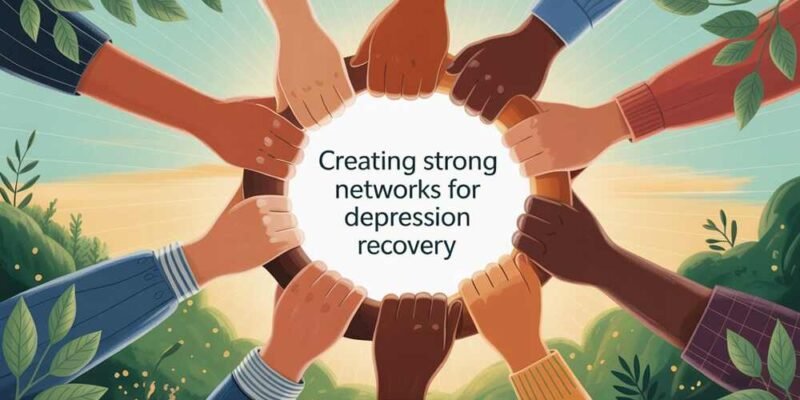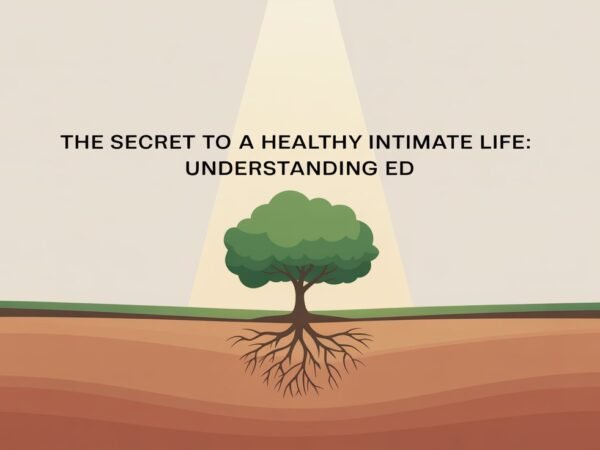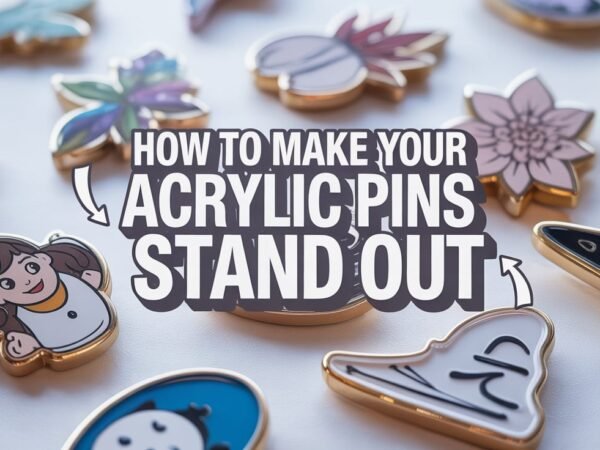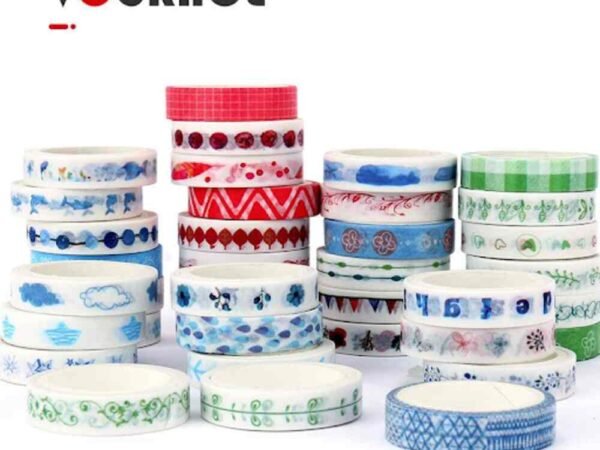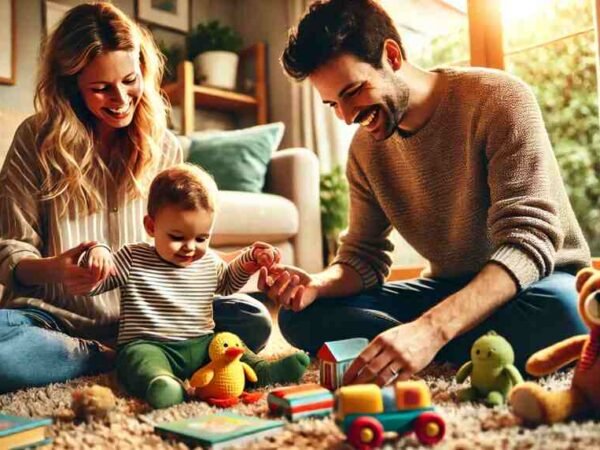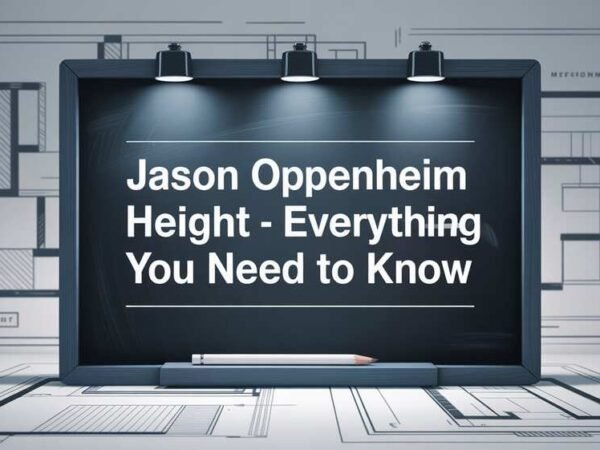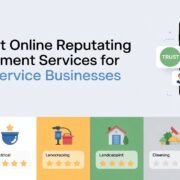Depression is more than just sadness; it’s a heavy fog that clouds every part of life. Some days feel too long, others too short, and everything in between feels numb. While therapy, medication, and self-care all play potent roles, one often overlooked support system is building strong personal connections, also known as depression recovery networks. These networks form the emotional foundation that helps people endure tough times, offering comfort, motivation, and hope. In this guide, we’ll talk about how to create robust support systems for emotional healing, how these networks impact recovery, and how anyone, whether going through depression themselves or supporting a loved one, can help make a difference.
Why Do Depression Recovery Networks Matter?
First, let’s understand what they are. Depression recovery networks are groups of people—friends, family, co-workers, mentors, or even support group members—who know what you’re going through. They don’t need to have all the answers. Instead, their presence, patience, and willingness to listen offer a genuine connection that no pill or book can provide.
Depression often makes people isolate themselves. It whispers, “No one cares,” or “You’re better off alone.” That’s why having a circle of people who consistently show up, check in, and support you is vital. These networks gently push against the urge to withdraw and remind you that you’re not alone, even when your mind says otherwise.
Building Your Support Circle
Creating your depression recovery network doesn’t mean calling 20 people and telling them your whole life story. It starts small, with one or two people you trust. Here’s how you can begin:
Start with One Safe Person
- Think of someone you trust. It could be a friend, a cousin, or someone from your local community.
- The goal isn’t to vent every detail but to say, “I’ve been struggling, and I’d appreciate someone checking in on me sometimes.”
- That single act of vulnerability can create a bridge.
Join a Local or Online Support Group
- These are goldmines of understanding.
- Everyone there gets what you’re feeling.
- Online groups offer anonymity and comfort, while local groups provide face-to-face support.
- Whether you’re talking or simply listening, the shared stories build hope.
Strengthen Old Bonds
- Reach out to people you may have lost touch with.
- Depression can cause distance, but many people are more understanding than we give them credit for.
- A simple message like “Hey, I’ve been going through a lot lately and could use someone to talk to” opens the door.
Set Healthy Boundaries
- Your recovery network should uplift you, not drain you.
- If someone brings negativity or judgment, taking a step back is okay.
- Protecting your peace is part of healing.
The Roles People Can Play in Your Network
Not everyone will play the same role—and that’s good. Here are a few examples:
- The Listener: This person doesn’t try to fix things. They listen to you without interruption or judgment.
- The Encourager: They cheer you on, celebrate small victories, and remind you of your strengths.
- The Accountability Buddy: This friend might help you stick to routines like morning walks, journaling, or appointments.
- The Safe Space: Some people create a calming presence just by being near. Their energy is healing.
How to Be Part of Someone Else’s Network
Maybe you’re not the one struggling, but someone close to you is. You want to help but don’t know how. Here’s what you can do:
- Check In Regularly: A quick “Thinking of you today” text can go a long way.
- Listen Without Judgment: Don’t try to offer solutions right away. Just listen.
- Stay Consistent: Depression makes people believe you’ll disappear. Prove them wrong.
- Be Patient: Recovery isn’t a straight line. There will be good and bad days. Stick around for both.
Technology’s Role in Modern Support Networks
Thanks to smartphones and the internet, help is never far away:
- Group chats
- Voice notes
- Zoom calls
- Community forums
These allow people to stay connected anywhere. Apps for mood tracking or journaling can also sync with support partners so they can spot patterns or lend help at the right time.
While nothing replaces face-to-face warmth, technology bridges the gaps when distance or time gets in the way.
Challenges You Might Face (And How to Tackle Them)
Creating depression recovery networks isn’t always smooth. Sometimes people let you down, or you might feel too exhausted to reach out. Here’s how to navigate the rough patches:
- You Feel Like a Burden: This is depression talking. People who care about you want to help—let them.
- No One Seems to Get It: Try joining specific support groups (like ones focused on grief, postpartum depression, or burnout). People with shared experiences often understand better.
- You Push People Away: That’s okay. Start again. Healing takes time, and so does trust.
Every Day Actions That Strengthen the Network
Sometimes it’s not the deep conversations but the everyday check-ins that matter most. Try:
- Sending a meme to make someone laugh
- Dropping off coffee or a meal
- Watching a show together
- Sharing your favorite calming playlist
- Sending a voice note instead of a text for a personal touch
These tiny gestures add up. They create threads of connection strong enough to hold someone through stormy days.
Depression Recovery Networks Create Long-Term Impact
Recovery is never instant, and setbacks are part of the path. But strong support systems reduce the weight. People who feel connected are more likely to:
- Seek professional help
- Stick to routines
- Feel hope
- Stay motivated to get better
Over time, these networks become more than just support—they become lifelines. They remind people they are outside the illness and help them find joy again.
FAQs About Depression Recovery Networks
What is a depression recovery network?
It’s a group of people—friends, family, or support groups—who help someone heal emotionally during their depression journey.
How do I start building one?
Start with someone you trust, talk honestly, join a support group, or contact community forums.
What if I don’t have anyone to talk to?
Try online support communities or mental health apps. Many people find their strongest connections through shared experiences online.
Can I be part of someone else’s network even if I’ve never had depression?
Yes. Just being present, patient, and kind can make a big difference.
How do I know if my support network is working?
You’ll feel less alone, supported, and encouraged to continue even on bad days.
Conclusion
Depression can make the world feel smaller, darker, and colder. But building strong support networks is like adding light to that space, little by little, until the darkness feels less powerful. Whether you’re taking your first steps or already on the journey, know this: no one heals in isolation. Connection is a powerful medicine. Creating or becoming part of depression recovery networks doesn’t require perfection; it only involves presence, patience, and care. And in that caring circle, healing becomes possible. Bit by bit, together.
Do Read: Antique and Vintage Jewelry: Exquisite Pieces With Stories


